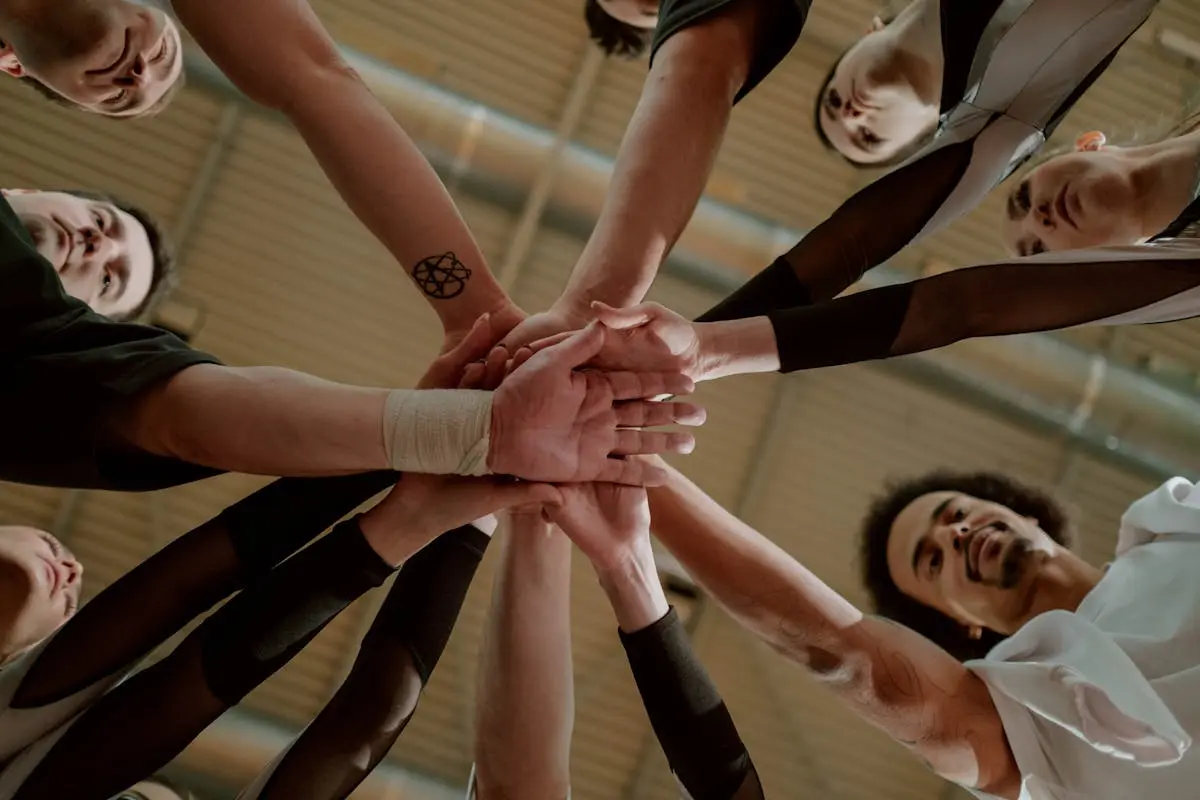The Ultimate Guide to Choosing the Right Team Building Simulations for Your Organization
Team building simulations help improve communication, collaboration, and problem-solving skills among team members. These simulations mimic real-life scenarios and challenges, allowing teams to work together in a safe and controlled environment. By participating in team building simulations, team members can develop trust, enhance their decision-making abilities, and strengthen their relationships with one another.
Benefits of Incorporating Team Building Simulations
Team building simulations can enhance communication, boost collaboration, and increase morale among team members. They provide a hands-on approach to learning, allowing participants to practice problem-solving skills in a fun and interactive way. Engaging in team building simulations can lead to improved trust among team members, foster creativity, and strengthen relationships within the team. Furthermore, these simulations can help identify leadership qualities and promote a sense of unity among team members.
Types of Team Building Simulations
There are various types of team building simulations that organizations can choose from. Some common types include communication-focused simulations, problem-solving simulations, decision-making simulations, and collaboration-based simulations. Each type offers unique benefits and challenges, so it's essential to understand the specific goals and objectives of your team before selecting the most suitable simulation.
Considerations for Choosing the Right Team Building Simulations
When selecting team building simulations, it's crucial to consider the goals of your organization and the specific needs of your team. Here are some key points to keep in mind:
- Identify Objectives: Clearly define what you aim to achieve with the team building exercise.
- Team Dynamics: Understand your team's dynamics, strengths, and areas for improvement.
- Simulation Types: Explore different types of simulations such as problem-solving, communication, or leadership-focused.
- Participant Engagement: Ensure the simulations will resonate with your team and keep them engaged.
- Facilitator Expertise: Choose simulations that align with the facilitator's expertise and experience.
- Budget: Consider the costs associated with the simulations and choose options that fit within your budget constraints.
Customization Options for Simulations
When choosing team building simulations, consider the customization options available. Look for simulations that allow you to tailor the experience to meet your organization's specific needs. Customizable simulations offer the flexibility to incorporate your company's values, goals, and challenges into the program. Opt for simulations that can be adapted to various team sizes and objectives, ensuring a personalized and effective team building experience for your organization.
Budgeting for Team Building Simulations
When planning for team building simulations, it's essential to consider your budget. The cost of team building simulations can vary depending on the type of activity and the number of participants. Here are some key points to keep in mind when budgeting:
- Evaluate your organization's financial resources to determine how much you can allocate to team building simulations.
- Research different types of simulations and their associated costs to find options that fit within your budget.
- Consider the number of participants who will be involved to ensure that the cost per person is reasonable.
- Remember that investing in team building simulations is an investment in your team's success and cohesion.
How to Implement Team Building Simulations in Your Organization
To implement team building simulations in your organization, start by identifying the specific goals you want to achieve through these activities. Consider the areas where your team could benefit from improvement, such as communication, collaboration, or problem-solving skills.
Next, involve your team in the planning process to ensure their participation and buy-in. Communicate the purpose of the simulations clearly and explain how they will contribute to enhancing teamwork and productivity within the organization.
Select simulations that align with your goals and are suitable for your team's size, dynamics, and preferences. Make sure to provide proper training and resources to facilitate the smooth execution of the activities.
After conducting the simulations, gather feedback from participants to evaluate their effectiveness and identify areas for further improvement. Regularly incorporate team building simulations into your organization's routine to foster a positive and collaborative work environment.
Measuring the Success of Team Building Simulations
To measure the success of team building simulations, it's important to look at specific outcomes. Observing improved communication among team members, increased collaboration on tasks, and enhanced problem-solving abilities are key indicators of success. Employee engagement can also be a measure of success; if team members are actively participating and showing enthusiasm during the simulations, it's a positive sign. Additionally, post-simulation surveys or feedback sessions can provide valuable insights on how team members perceived the experience and its impact on their teamwork skills.
Common Mistakes to Avoid When Selecting Simulations
People often make mistakes when choosing team building simulations. Avoid these errors for a successful experience:
- Ignoring the Needs of Your Team: Ensure the simulation matches your team's goals and challenges.
- Focusing Only on Price: Quality should be a priority over cost to ensure effectiveness.
- Not Considering Team Dynamics: Choose simulations that cater to your team's dynamics for maximum impact.
- Forgetting to Gather Feedback: Collect feedback from team members to assess if the simulation was beneficial.
Wrapping Up: Maximizing Team Building with the Right Simulations
As you wrap up your team building activities, remember that choosing the right simulations is crucial for maximizing the benefits. Here are some key points to keep in mind as you finalize your team building process:
- Reflect on the Goals: Ensure the simulations align with the specific objectives you set out to achieve during the team building process.
- Evaluate Feedback: Gather feedback from participants to understand what worked well and what could be improved in future simulations.
- Continual Improvement: Use the insights gained from the current simulations to enhance future team building activities and optimize the overall team performance.
By paying close attention to these aspects, you can ensure that your team building efforts are effective and help your organization thrive.


%20(1).png?width=352&name=Challenge%20Winners%20(1080%20x%20600%20px)%20(1).png)
%20(LinkedIn%20Sponsored%20Content)%20(35)-min.png?width=352&name=Green%20and%20Black%20Live%20Podcast%20Guesting%20Instagram%20Post%20(600%20%C3%97%20250%20px)%20(LinkedIn%20Sponsored%20Content)%20(35)-min.png)
%20(LinkedIn%20Sponsored%20Content)%20(74)-min.png?width=352&name=Green%20and%20Black%20Live%20Podcast%20Guesting%20Instagram%20Post%20(600%20%C3%97%20250%20px)%20(LinkedIn%20Sponsored%20Content)%20(74)-min.png)